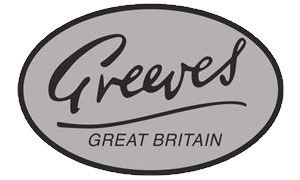

Bert Greeves began his involvement with motorcycles after developing the Invacar - an invalid carriage developed to cope with the post-war needs of casualties.
1958 The designs of competition and road models were growing farther apart, and previous suspension problems had been fixed. The trials bike was called Scottish and the scrambler Hawkstone, in recognition of the locations where they had performed well.
1959 The 197cc machines were joined by 246cc versions for road or competition use with the A-series Villiers engine.
1960 Those models continued. A road twin was added, with a 324cc Villiers3T engine. These would run on for the rest of the decade.
1961 The scrambler had the option of a Greeves top half for its Villiers engine. By this time the Greeves trial model had become a firm favourite and sales were excellent. Over the preceding few years, the machines had performed well in the European series.
1963 A new era arrived for the company when it branched into road racing, following the success of a modified scrambler. Known as the Silverstone, it was a racer with a 246cc engine, that was built up to 1968 and performed well.
1966 Only trials and scrambler motorcycles were built, as all the road models were dropped. Villiers was in trouble but Greeves was able to continue. Telescopic forks became an option.
1967-1971 Production continued but there was little success.
1972 Output became minimal.
1978 The company closed when Bert Greeves retired and a fire brought financial ruin.
1999 The name was revived with an Anglian replica trials bike built in Essex, close to the original home - aimed at enthusiasts of the marque - by producing a classic look using modern materials and techniques. This was the 24TJSB with a traditional Villiers bottom half and Challenger head and barrel for the 246cc engine. The frame had a cast-alloy front beam, twin rear shocks, MP telescopic forks and conical hubs.
Source: Graces Guide